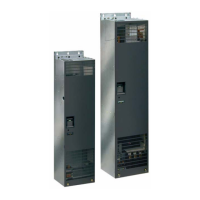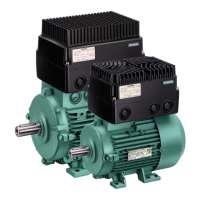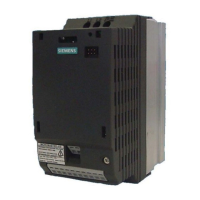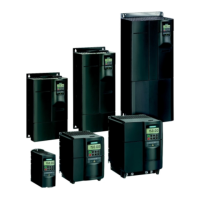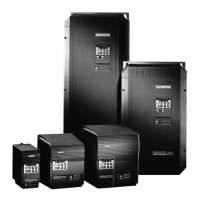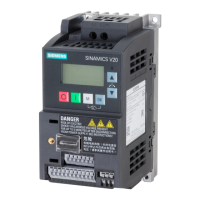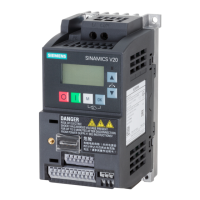,1752'8&7,21 ,QWHUQDWLRQDO(QJOLVK
MICROMASTER 420 Reference Manual
2 Issue A1
1.1
Purpose of this Manual
The purpose of this manual is to familiarize the user with the benefits and
properties of the MICROMASTER 420 and to expand on information found in
related documentation.
Chapter 2 contains engineering information designed to assist the user in operating
the inverter in the most efficient way and provides detailed information on derating
factors and protection characteristics.
The MICROMASTER 420 has extensive communications and control capabilities.
Chapter 3 explains the various methods and communications protocols, giving
working examples to aid understanding.
Several options and accessories are available for use with the inverter. Chapter 4
contains a brief explanation of each option with references to more detailed
information.
Chapter 5 provides troubleshooting advice and fault code particulars.
Service information and an illustration showing fan removal are contained in
Chapter 6.
Appendix A gives a brief description of the standards referenced in the design and
production of the MICROMASTER 420 and you can obtain more information from
the documentation products listed in Appendix B.
An index is provided at the back of this manual.
1.2
Compatibilty
If you have experience of the MM3, the following notes will help you get to know
the MICROMASTER 420.
The MICROMASTER 420 (6SE64) is designed to replace the MM3 6SE92 and
offers many new features and functions.
1. The MICROMASTER 420 is footprint compatible, and uses the same mounting
positions. Frame Size A is about 8mm deeper than MM3 FSA.. In some cases, the
fan housing is deeper, but you should ensure that the surrounding area is free.
2. The terminal marking and numbering are the same with the terminals mounted at
the front of the unit for easier connection. An analogue output and RS485 are
provided via new terminals 12, 13, 14 and 15.
3. The MICROMASTER 420 is supplied with a Status Display Panel (SDP).
Parameters cannot be changed unless a Basic Operator Panel (BOP) or an
Advanced Operator Panel (AOP) is fitted. The MICROMASTER 420 is, therefore,
supplied with the parameters set for simple control using Digital and Analogue
inputs:
a. Digital input 1 (terminal 5) – Run Right / Stop (OFF1).
b. Digital input 2 (terminal 6) – Reverse.
c. Digital input 3 (terminal 7) – Fault reset.
d. Analogue input 0 to 10 V = 0 to 50 Hz (Frequency Setpoint).
e. Analogue Output 0 to 20 mA = 0 to 50 Hz output frequency.
f. Relay output: (Fault) Relay de-energized when inverter fault active.
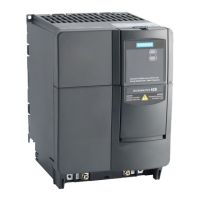
